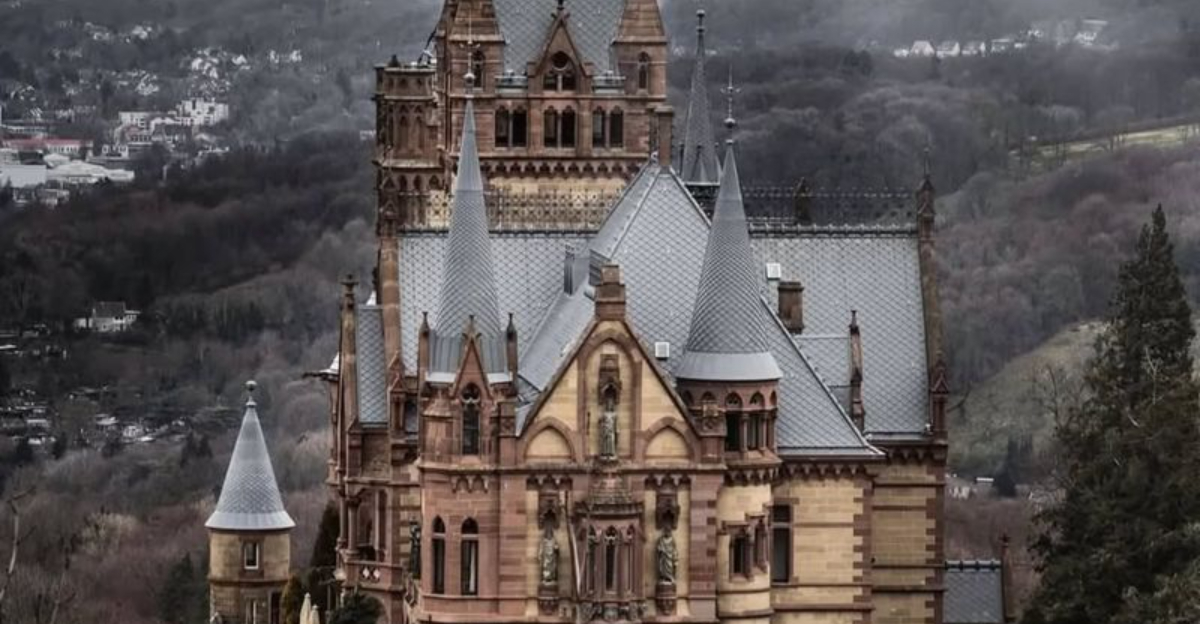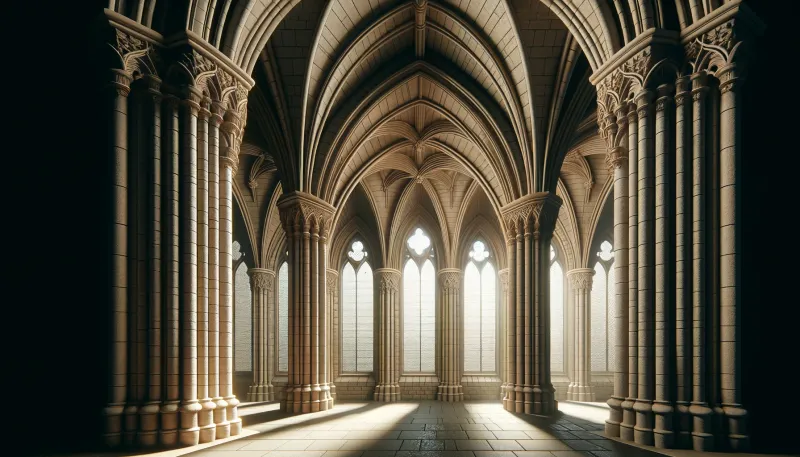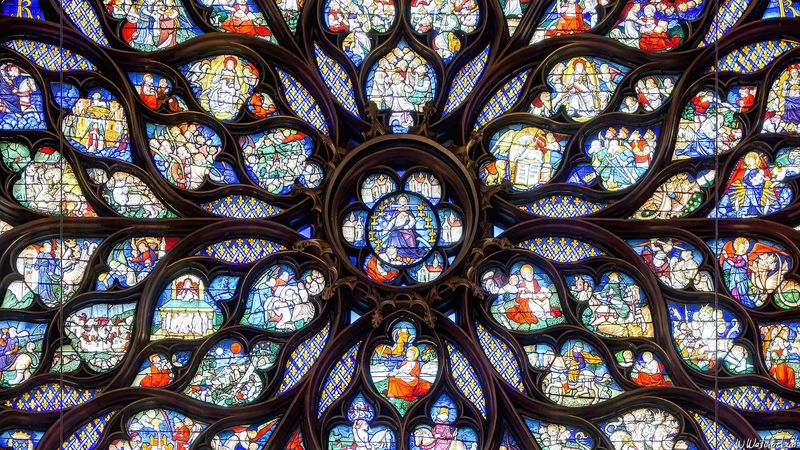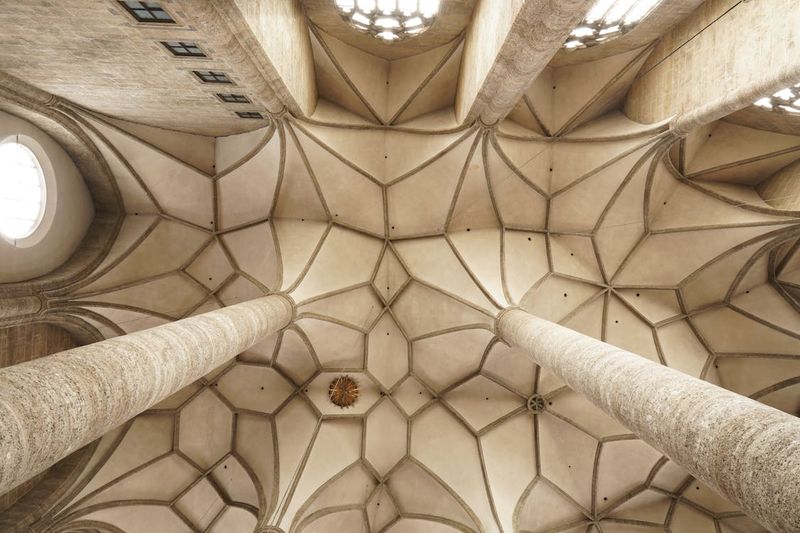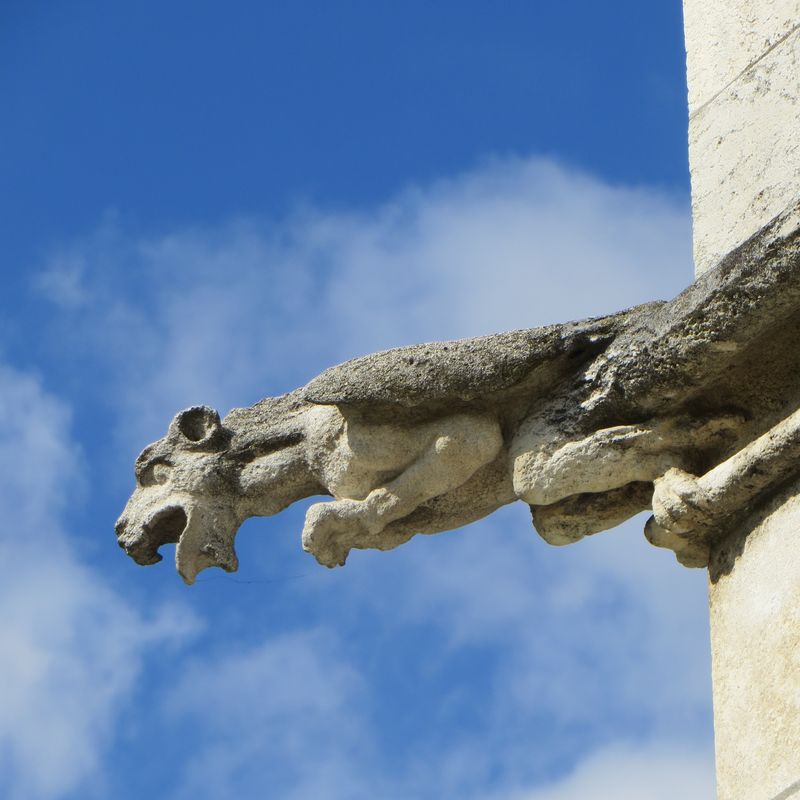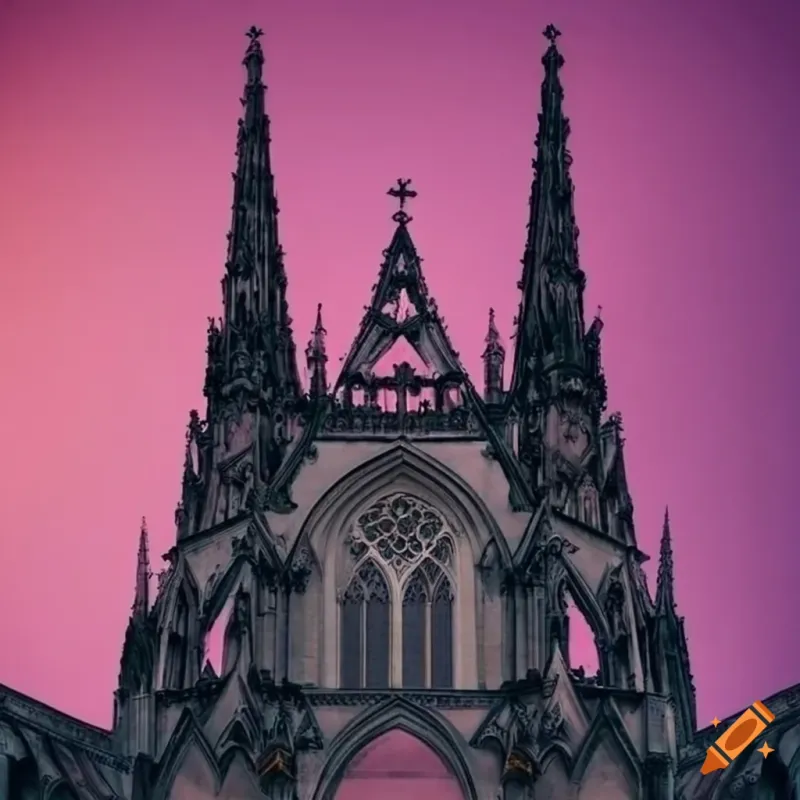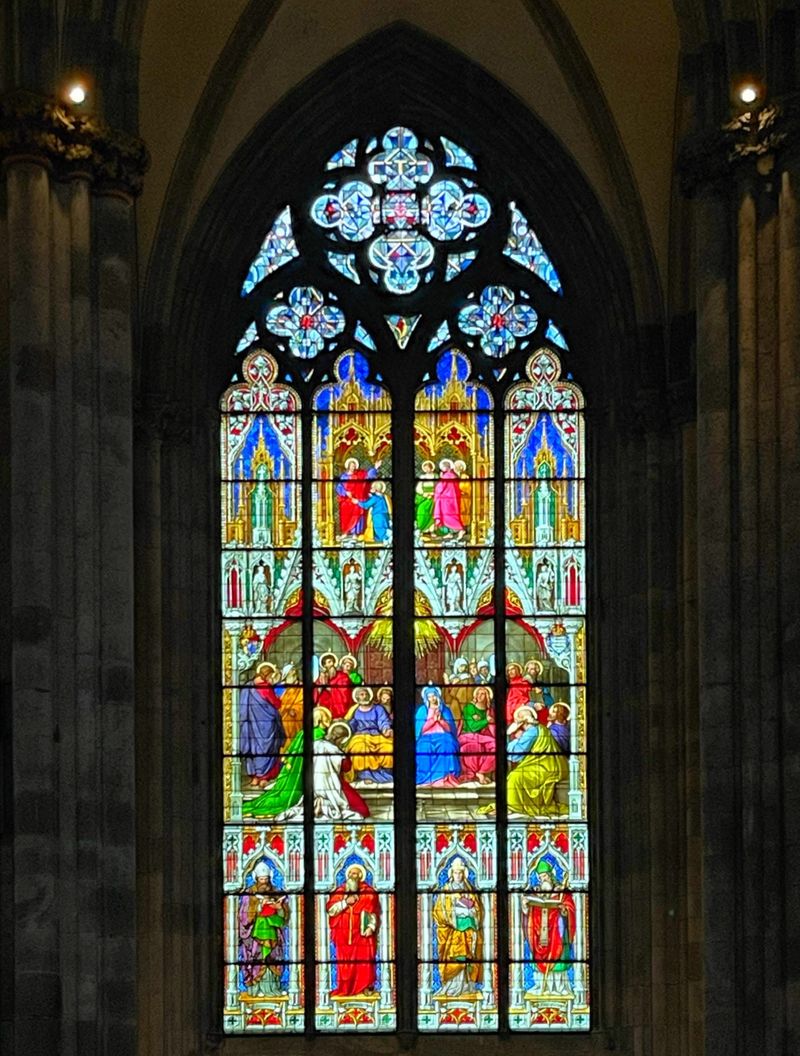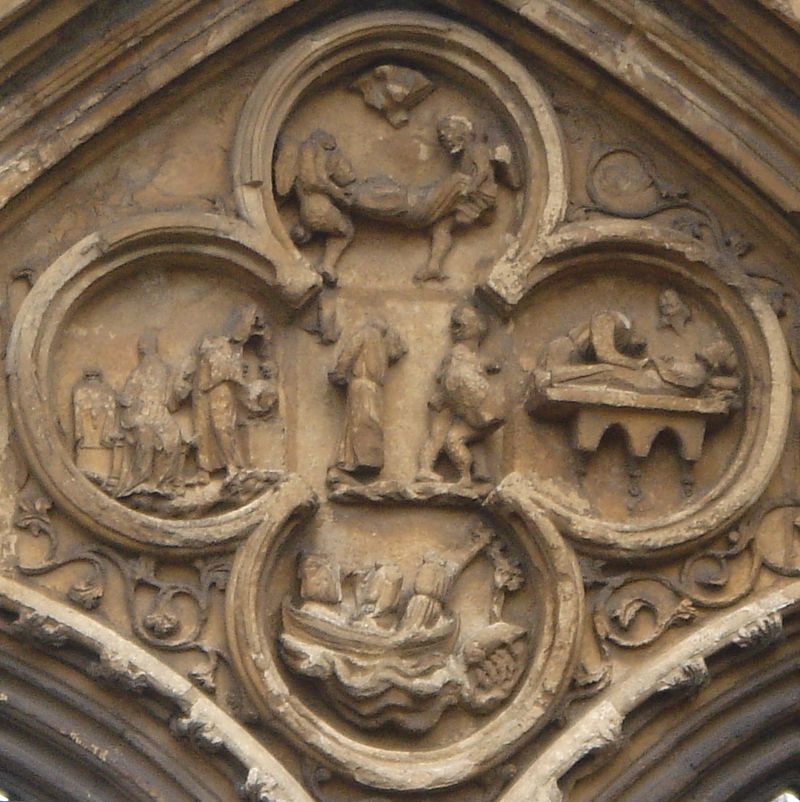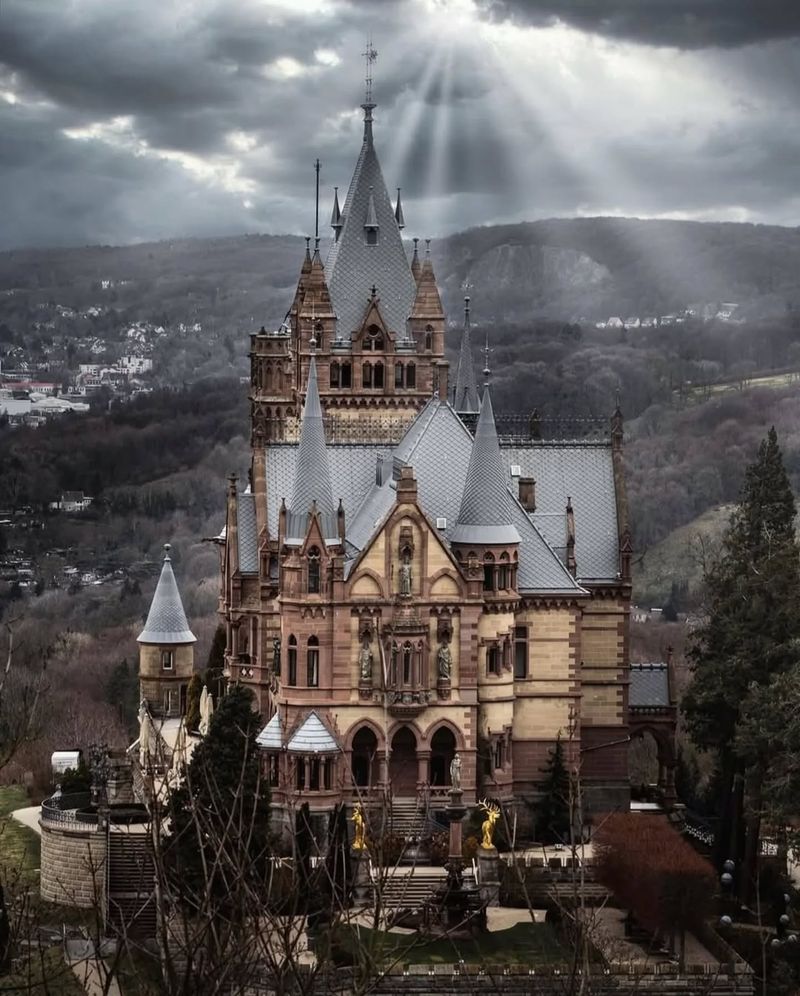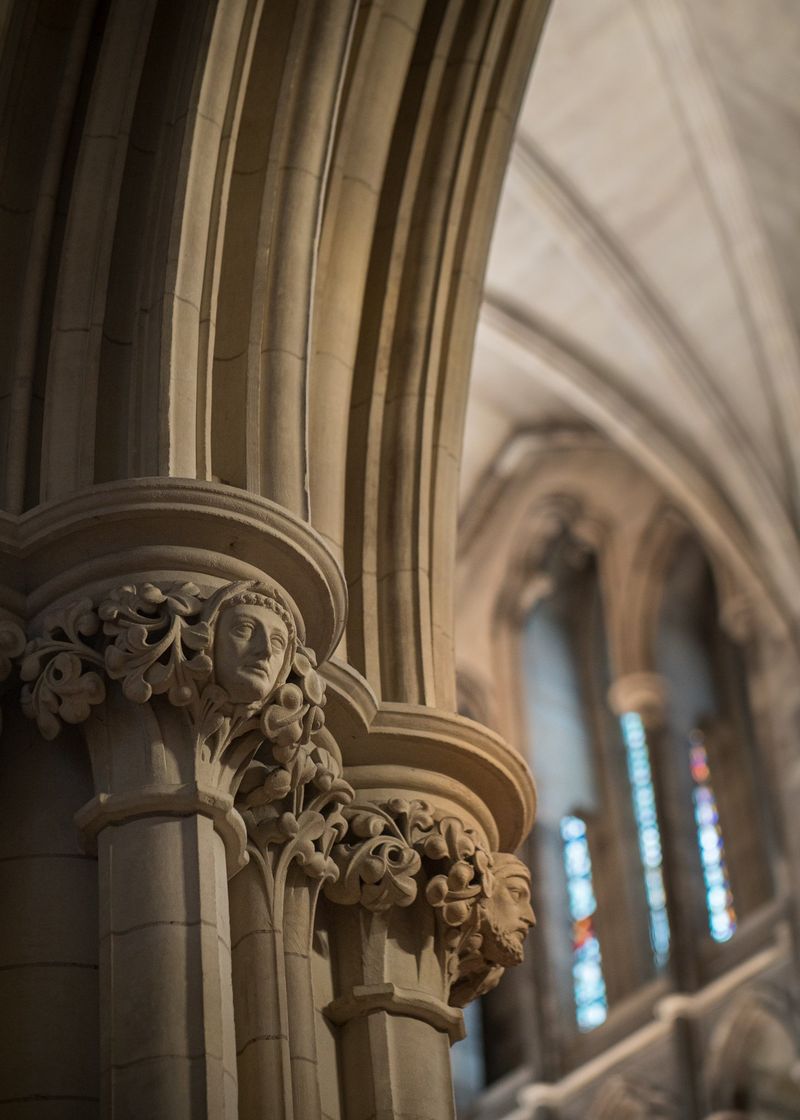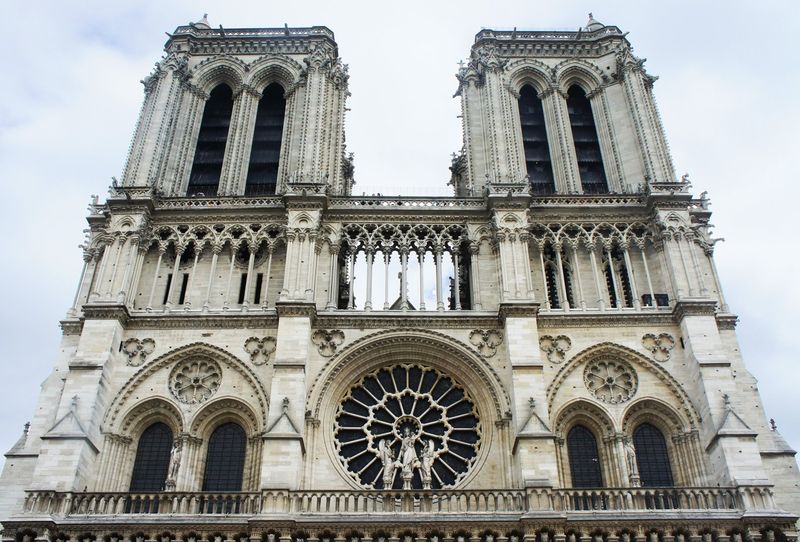Step into the shadowy world of Gothic architecture, where buildings do more than shelter – they tell stories.
Born in medieval times, these majestic structures combine engineering brilliance with artistic flair to create spaces that make visitors gasp.
From soaring spires that reach for heaven to grotesque gargoyles that send shivers down your spine, Gothic architecture is all about creating drama and stirring emotions.
1. Flying Buttresses
Ever spotted those graceful arched supports propping up cathedral walls? These aren’t just fancy decorations—they’re architectural superheroes!
Flying buttresses allowed medieval builders to create taller, thinner walls filled with stained glass. Without these external supports, those massive stone churches would collapse under their own weight.
Like invisible hands holding up a towering cake, these stone arms transfer the building’s weight outward, creating both structural support and visual drama.
2. Pointed Arches
Unlike the rounded arches of earlier styles, Gothic pointed arches shoot upward like arrows aiming for the sky. This simple shape change revolutionized architecture forever.
The genius of pointed arches lies in how they distribute weight. By directing force downward at a steeper angle, they could support heavier roofs while allowing for taller, more dramatic spaces.
Walking beneath these arches feels like entering a forest of stone trees reaching toward heaven.
3. Rose Windows
Imagine sunlight filtering through a massive circular stained glass masterpiece, painting rainbow patterns across stone floors. That’s the magic of rose windows!
These enormous circular windows, often placed on the west façade of cathedrals, symbolize the wheel of fortune or the eternal nature of God. Craftsmen filled them with intricate stone tracery and vibrant colored glass depicting biblical stories.
When morning light streams through, the entire cathedral interior transforms into a kaleidoscope of color.
4. Ribbed Vaults
Looking up in a Gothic cathedral reveals one of architecture’s greatest magic tricks. Stone ribs criss-cross overhead like the skeleton of an upside-down ship.
These ribbed vaults weren’t just pretty—they were revolutionary! By concentrating weight along the ribs instead of across the entire ceiling, builders could create soaring, lightweight ceilings that seemed to float overhead.
Between the ribs, thinner stone panels reduced weight while creating a canvas for elaborate painted decorations.
5. Gargoyles and Grotesques
Those stone monsters perched on cathedral edges aren’t just there to give you nightmares! Gargoyles actually serve as decorative rain spouts, channeling water away from the building’s walls.
Their non-spitting cousins, called grotesques, served as medieval visual warnings about sin and evil. Craftsmen had fun creating these bizarre creatures—part human, part animal, all terrifying.
Some scholars believe these stone beasts also represented the chaos outside the church’s protective walls.
6. Spires and Pinnacles
Reaching toward heaven like stone fingers, Gothic spires transform ordinary buildings into dramatic silhouettes against the sky. No other architectural feature says “look up!” quite as effectively.
Besides their spiritual symbolism, these towering elements served practical purposes too. The added weight helped stabilize tall walls, while their pointed tips visually extended the building’s height.
Many spires were adorned with crosses, weather vanes, or other decorative finials that caught sunlight from miles away.
7. Tracery
Imagine stone transformed into delicate lace! Gothic tracery refers to the ornate stone frameworks that support stained glass windows and decorate walls.
As Gothic style evolved, tracery patterns became increasingly complex—evolving from simple geometric shapes to flamelike curves that seem to dance across the windows. Craftsmen carved these intricate patterns from solid stone using only hand tools.
The most elaborate examples, like the “flamboyant” style, create patterns so complex they look impossible to build.
8. Stained Glass
When sunlight strikes Gothic stained glass, it creates what many called “heavenly light” flooding interior spaces with color.
Before widespread literacy, these glass pictures served as visual Bibles, telling sacred stories through images ordinary people could understand. Craftsmen created these jewel-like panels by cutting colored glass and joining pieces with lead strips.
9. Quatrefoils
Among Gothic architecture’s mathematical patterns, the quatrefoil stands out as a particular favorite. These four-lobed designs resemble flowers or four-leaf clovers carved in stone.
Found in window tracery, wall decorations, and floor patterns, quatrefoils added visual interest while carrying symbolic meaning.
Variations included the trefoil (three lobes), cinquefoil (five), and even more complex patterns that created hypnotic geometric rhythms across cathedral surfaces.
10. Triforium Gallery
Sandwiched between the main arcade and clerestory windows, the triforium gallery adds mystery to Gothic interiors. These arcaded middle levels create shadow zones that enhance the building’s vertical rhythm.
Originally serving practical purposes as hidden passageways for maintenance, these galleries evolved into decorative features that break up the vast wall spaces. Some contained small chapels or served as choir lofts.
The contrast between the triforium’s shadowy recesses and the bright clerestory windows above creates dramatic visual tension.
11. Steep Rooflines
Nothing says Gothic drama like those impossibly steep roofs piercing the sky! These sharply pitched roofs weren’t just for show—they served crucial practical purposes in northern European climates.
The steep angle allowed heavy snow to slide off rather than accumulate and damage the structure. Additionally, these dramatic rooflines created space for soaring interior vaults while visually emphasizing the building’s vertical thrust.
Covered in lead, slate, or sometimes copper that weathered to green, these roofs created distinctive silhouettes visible for miles.
12. Clustered Columns
Unlike classical architecture’s simple round columns, Gothic pillars bunch together like stone bouquets! These clustered columns gather multiple shafts into complex groupings that support the building’s weight.
Each shaft in the cluster often connects to a specific rib in the ceiling vault above, creating a visual flow from floor to ceiling. This design brilliantly distributes the enormous weight of stone ceilings.
The play of light and shadow across these complex column surfaces adds depth and texture to Gothic interiors.
13. Ornate Finials
Perched atop spires, gables, and pinnacles, Gothic finials add exclamation points to cathedral silhouettes! These decorative elements range from simple stone crosses to elaborate floral designs called crockets.
Beyond their decorative purpose, finials provided weight that helped stabilize tall architectural elements. Craftsmen often used these opportunities to showcase their finest carving skills, creating intricate patterns visible only to birds and angels.
When gilded or topped with metal weathervanes, these highest points caught sunlight and drew eyes heavenward.
14. Dramatic Façades
First impressions matter, and Gothic façades make statements impossible to ignore! These western fronts function as massive stone billboards announcing the building’s importance.
As your eye travels upward, you encounter more elaborate decoration—from portal sculptures to rose windows to lacy spires.
The overall effect combines overwhelming visual complexity with mathematical precision that draws visitors inside.
15. Lierne Vaults
Gothic ceiling design reached its dramatic peak with lierne vaults—stone networks that transform ceilings into geometric starbursts! These complex patterns added non-structural decorative ribs between the main supporting ribs.
Found primarily in English Gothic architecture, these elaborate ceiling designs created mesmerizing patterns overhead. At their intersections, sculptors added decorative bosses—circular stone carvings depicting religious scenes, family crests, or natural motifs.

